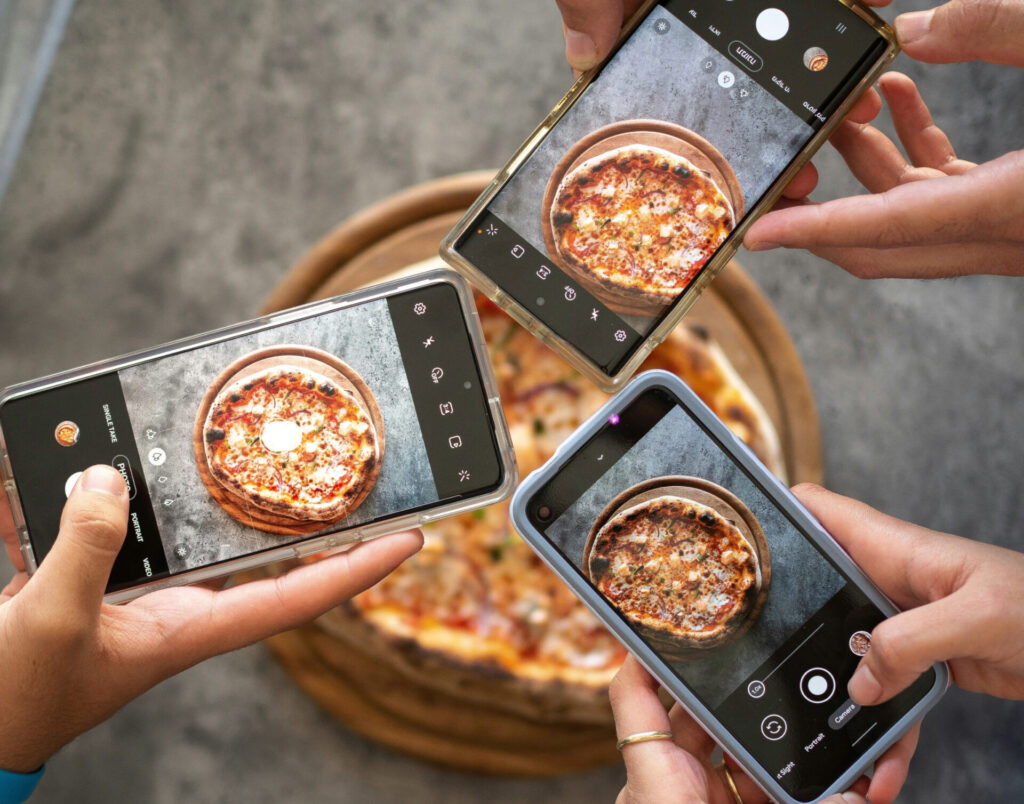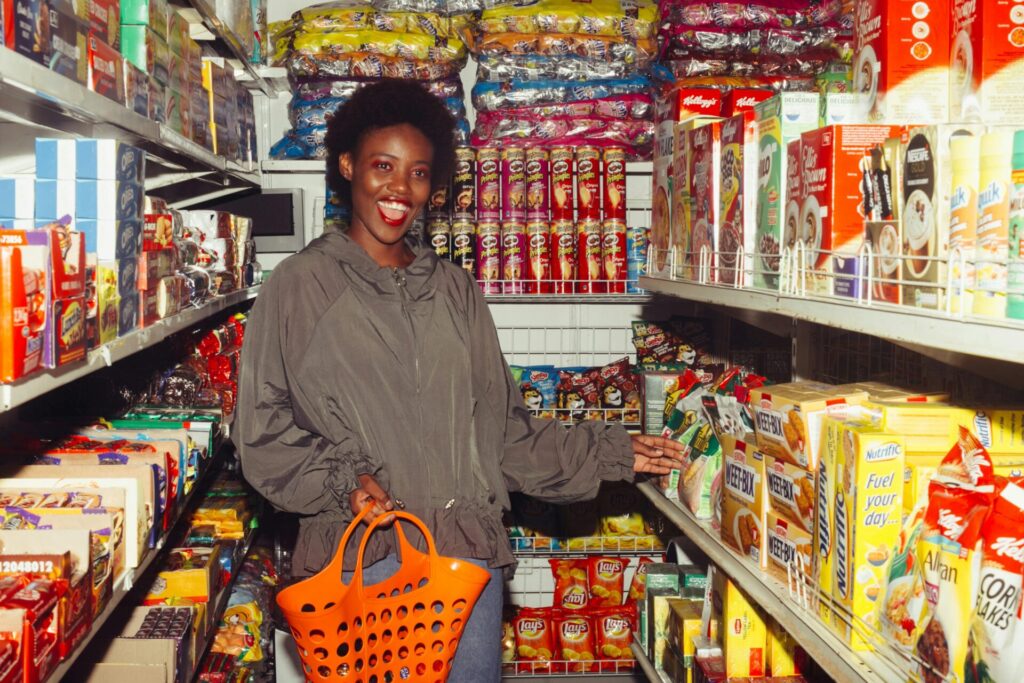Blog
Freshers finances: what students buy and how they spend
Did you know that 3.2% of students get a takeaway every single day? Or that the overwhelming majority buy groceries in-person – but prefer to get their tech and mobile purchases online? Here, we break down what students buy in Freshers (and beyond) – and how student life shapes their purchases.

According to our latest research, students have a total annual spending power of 29.1bn. A lot of that spending kicks off at the very beginning of their university journey – during Freshers, or Welcome Week. Arriving on campus, armed with newly-acquired disposable income, students are open and receptive to new ideas. And yes – that includes brands and organisations just like yours.
But what exactly are they buying? Here are just three early spending trends that our research uncovered.
Food is top of the shopping list
This might seem like stating the obvious – food is, after all, sustenance. And yet food and beverages do seem to matter more to this cohort than previous generations of students. When asked what they recalled spending money on during Freshers, 53% of students said “groceries”, while 48% recall buying meals from restaurants or getting takeaways.
This is interesting in itself – it suggests that around half of students are making their first forays into home cooking during Freshers, while the other half are getting acquainted with local takeaways and delivery apps. This could shape habits and behaviours for the months – and years – to come. We know from our research that 59% of students get takeaways at least fortnightly – demonstrating just how habit-building Freshers can be.
Beyond this, though, groceries, restaurant and takeaway food were the first and second most likely Freshers purchases for students, respectively. They outranked nightlife, alcohol, and other discretionary purchasing habits.

Food is also the number one category of brand that students want and expect to see at Freshers Fairs – outranking university services, clubs and societies. When we delved a little deeper into why this was, we learnt that getting a free pizza slice or a discount code means different things to different students. For some – like 23-year-old Leo at Bath Spa University – food-focused activations are the source of future social events. “I have to say, the pizza parties we had last year were mainly from Domino’s”, he recalls. “They were everywhere on campus during Freshers week.”
For other students, it’s a chance to get acquainted with a whole new way of life. “Freshers introduced me to a lot of brands that I obviously don’t have in South Africa”, says Mari-Jeanne, a 24-year-old international student at Swansea University. She used Freshers to identify local takeaway options, and even secured her mobile phone provider from a brand she discovered there. For international students, Freshers is a crucial introduction to essential UK-based brands.
It’s all about experience
When taking into account the purchases students make during Freshers, there’s a clear skew towards the experience-led; occupying the first four spots in their collective list:
- Eating out (48%)
- Groceries (53%)
- Events (37%)
- Alcohol (26%)
Tangible items such as fashion, homewares and beauty rank lower – which tells us a lot about where students’ priorities fall during this time. They are out and about, meeting friends, and learning how to fend for themselves in a whole new city. Other verticals that will help to kit out their space or shape their identities will come later. We know that students will go on to forge connections with fashion, beauty and homewares brands – or re-ignite their love for brands they discovered pre-uni.

For brands in these spaces, Freshers will work best if you tap into the experiential. Anything you can do to be part of the celebration and community aspect of Freshers will go down well, and build that awareness. This was evident back in 2023 when Lounge Underwear hit campuses across the country with their experiential Boob Box. We know that 81% of students come away from Freshers with purchase intent – so it’s well worth crafting that perfect first impression during that time.
Freshers shopping: online vs in-person?
The majority of students who will be hitting upFreshers in 2024 will be Gen Zs – we’ve come to believe that they’re digital natives, with a seamless relationship to digital platforms and online shopping. Does this extend to their Freshers shopping, though?
There’s no short answer – it depends entirely on the vertical. While students are likely to mix-and-match between buying takeaways online or IRL (44% say both methods appeal to them), a huge 79% only ever buy groceries in person. This is a great indicator of just how campus communities operate – delivery apps are common, with most interviewees name-checking Deliveroo, Just Eat or Uber Eats. The majority of supermarkets have invested heavily in grocery delivery in recent months – a phenomenon that is yet to hit campuses.

Across other verticals, results are mixed – but it’s clear that in-person shopping still holds a lot of sway over this digital demographic. 46% of students buy fashion and beauty both online and in-person – with one in three purchasing in-person only. Just 10% buy exclusively online. But when it comes to buying tech, 34% of students buy online – making it considerably more popular than in person (18%) or mix-and-match (26%).
Ultimately, having a presence at Freshers can either sway students into your brick-and-mortar establishment, or create a buzz around your e-commerce offering. Not only are you introducing yourself – you’re also putting yourself on the map, be it physical or digital. It’s a great way to move the needle and signpost a new location.
Want the full lowdown on exactly how Gen Z students shop in your vertical? Download the Student Life Report 2024 for an in-depth look at student shopping in 2024.